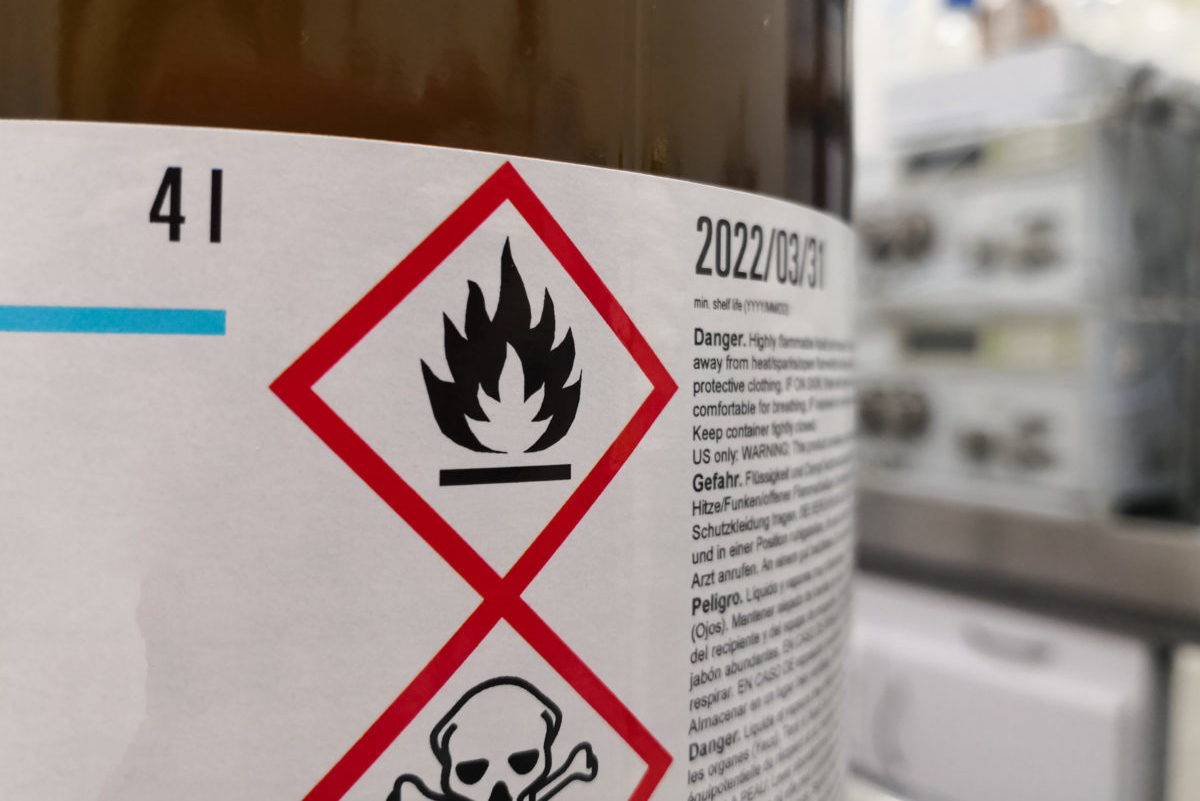Whether you’re confident in the state of your company’s safety culture or scrambling to make necessary improvements, consistently benchmarking against industry standards is an essential step in creating a comprehensive safety strategy. One of the most effective ways to do this is by reviewing the most frequently cited standards published by the Occupational Safety and Health Administration (OSHA). Released in Q2 each year, this list highlights the top citations from the previous fiscal year (FY), and it can serve as a powerful tool for evaluating your own safety efforts.
The OSHA citation list is a useful snapshot of where companies across industries are struggling to meet compliance. While some rankings on the list may shift dramatically from year to year, the core standards tend to remain the same. For example, although the ranking of the most cited standards changed significantly between FY2022 and FY2023, the actual standards themselves didn’t. This consistency indicates that the hazards associated with these standards continue to pose risks in workplaces nationwide. By benchmarking against this list, your company can identify potential gaps in your safety program, prioritize training, and adapt your approach to focus on the most pressing issues.
Let’s explore some of the most notable changes from the FY2022 to FY2023 OSHA citation list and discuss practical steps your organization can take to bolster its safety program for the coming months.
Noteworthy Shifts in OSHA’s Citation List
The most significant shift in OSHA’s most cited standards list involved Respiratory Protection. This standard, which occupied the #2 spot in FY2022, dropped to #8 in FY2023. While this move might suggest a reduced focus on respiratory protection compliance, it’s important not to become complacent. Respiratory hazards are still prevalent in many industries, especially those involving chemical exposures, dust, or airborne particles. If your workforce is exposed to such hazards, ensuring proper respiratory protection measures—such as fit testing and training on how to use protective equipment—remains crucial.
Conversely, Hazard Communication saw a significant rise, moving from #5 to #2. This uptick highlights a growing concern around the correct labeling and handling of hazardous materials. With an increased focus on this area, it’s clear that companies should continue prioritizing their hazard communication programs, including employee training and effective labeling of chemicals.
Another notable change was with Powered Industrial Trucks (PIT), which jumped from #9 to #5. This suggests that compliance around the safe operation of forklifts and other PIT equipment is becoming more scrutinized. If your business relies on PITs, now is the time to revisit operator certifications, ensure proper maintenance schedules are followed, and promote safe operation practices.
How Should Your Safety Program Evolve?
As OSHA’s most frequently cited standards ebb and flow from year to year, your safety program should remain dynamic and adaptable. While it’s essential to focus on the current top citations, a proactive approach will help ensure that your workplace is compliant and, most importantly, safe. Regardless of whether your company has been cited for any of these issues in the past, here are several key actions to help strengthen your safety program in the next six months, before the FY2024 citation list is released:
1. Empower Your Team to Take Ownership of Safety: One of the most impactful ways to improve safety culture is to give your team ownership over the process. Encourage your workers to become active participants by identifying which team members are particularly knowledgeable or compliant with specific safety standards. For example, if you have employees who consistently demonstrate excellence in respiratory protection or hazard communication, allow them to take the floor during your pre-shift safety huddles. This not only boosts engagement but also builds a sense of accountability across the team.
2. Establish an Open-Door Policy: Safety concerns should never be shrouded in fear of retribution. While anonymous tip lines can be effective, there is immense value in fostering an open-door policy. Encourage employees to speak openly about their safety concerns, and more importantly, assure them that they will not face any negative consequences for doing so. By creating an environment where workers feel comfortable voicing their concerns, you’re far more likely to catch potential hazards before they become significant issues.
3. Offer Comprehensive Training for All Employees: While it might be tempting to only offer refresher training to those who are directly impacted by a specific safety issue, it’s much more effective to provide OSHA Outreach training to everyone. The broader your employees’ understanding of safety, the more vigilant they will be. Safety training shouldn’t be seen as a one-time task; rather, it should be a continuous effort to ensure everyone remains up to date on best practices, new standards, and the changing landscape of workplace hazards.
4. Focus on Hazard Communication Compliance: Given its rise to the #2 spot on the citation list, hazard communication should be a focal point of your safety strategy in the coming months. This includes ensuring that Safety Data Sheets (SDSs) are readily available, chemical containers are properly labeled, and employees are trained on how to handle hazardous materials. A comprehensive hazard communication plan can significantly reduce the risk of chemical-related incidents and help your organization remain compliant.
5. Ensure Proper Maintenance and Training for Powered Industrial Trucks: With powered industrial trucks moving up the citation ranks, now is an excellent time to reevaluate your PIT safety protocols. Make sure that all operators are properly trained and certified, and that equipment maintenance is performed regularly. Additionally, assess the layout of your facility to identify any potential hazards that could lead to forklift-related accidents, such as narrow aisles or congested areas.
6. Conduct Regular Safety Audits: Routine safety audits are essential to ensure that your workplace remains compliant with OSHA standards and free of hazards. Consider conducting internal audits on a quarterly basis and involving employees in the process. This allows for continuous improvement and helps identify areas that may require additional attention before external inspections.
7. Utilize Technology to Enhance Safety Monitoring: Technology can play a critical role in your safety program. From wearable devices that monitor employee exposure to harmful substances to software that tracks safety incidents in real time, embracing digital tools can help you identify risks faster and more accurately.
8. Encourage a Safety-First Mindset at Every Level: Fostering a strong safety culture requires commitment from both leadership and frontline workers. Lead by example and make safety a core value of your organization. When safety becomes a shared responsibility, employees are more likely to take ownership of their roles in maintaining a safe workplace.
As OSHA continues to update its most frequently cited standards, businesses must adapt to these changes to stay compliant and, more importantly, protect their workforce. By benchmarking against OSHA’s citation list and implementing proactive measures, you can ensure that your safety program remains robust, dynamic, and focused on the well-being of your employees. Use these next six months to address potential gaps, strengthen your safety culture, and prepare for the challenges ahead.





Recent Comments